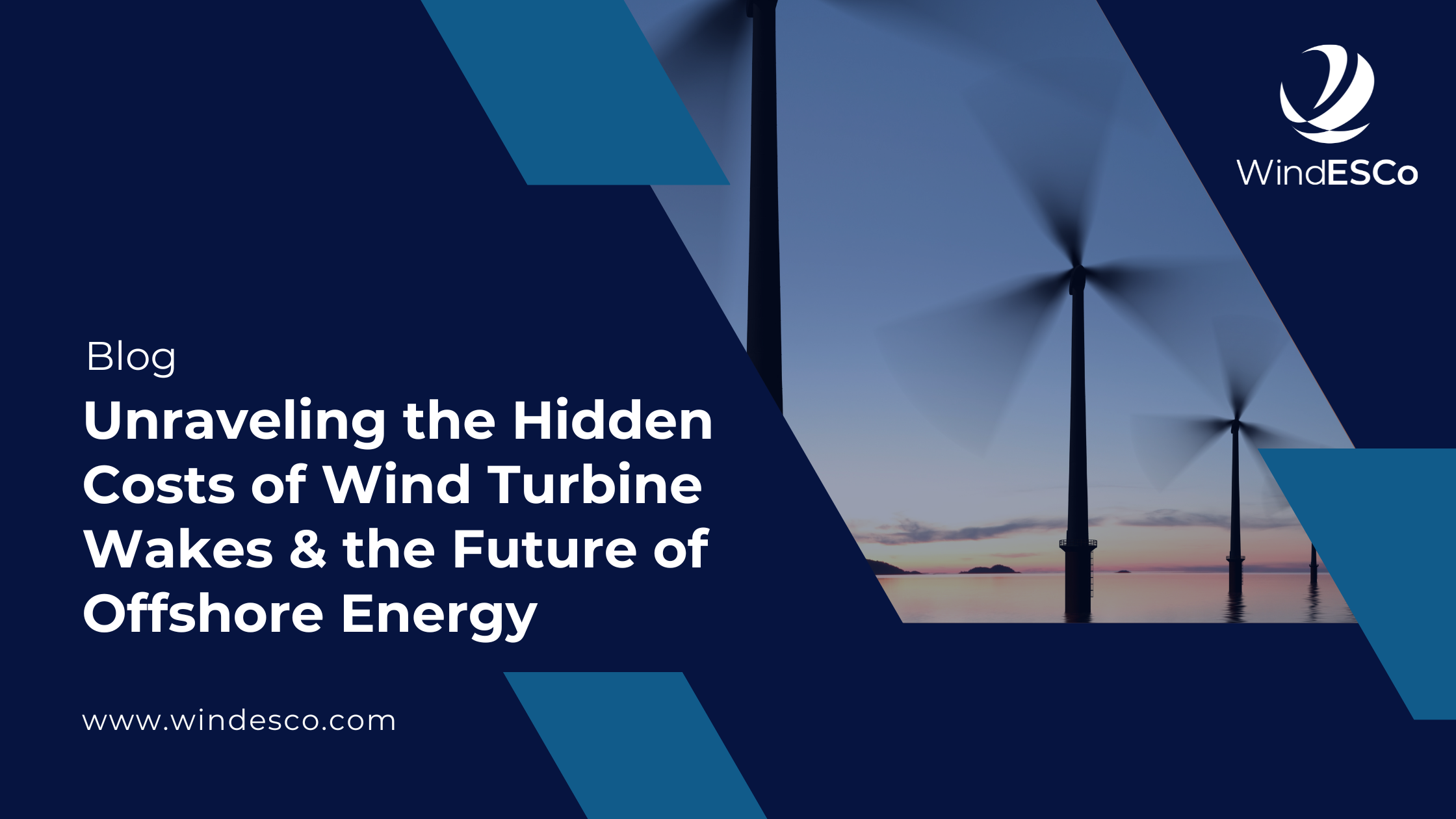1 min read
Are Lookup Tables Adequate for Real-World Wake Steering Applications?
Cooperative control in wind plants refers to the strategy where multiple wind turbines work together to achieve a shared objective, such as power...
2 min read
WindESCo Jul 22, 2024 10:15:24 AM
.png)
In part two of this mini-blog series, WindESCo walks you through what to consider when compiling a lookup table, what is required, and what challenges may arise through this approach.
Static lookup tables are frequently used in the wind industry for wake steering control due to their perceived simplicity and ease of integration. These tables are pre-computed and define for a range of wind conditions the optimal yaw angle adjustment for wake steering wind plant optimization. However, how simple can this approach be if it is to be effective?

There are many factors to consider when compiling a lookup table for wake steering, including:
Let’s assume these are the main considerations when compiling a lookup table and let’s assume the following:
In a 50 turbine wind plant, 4x1019 table rows would be required to model this lookup table, which presents data storage and processing power issues. Despite being “static” (i.e., ignoring the fact that these tables may need to be regenerated based on field learnings, turbine power curves changes, etc.), it is a stretch to say that they are simple, let alone effective.
| Wind Direction | Wind Speed | Optimal T1 Yaw Pos | Optimal T2 Yaw Pos | -- | Optimal TN Yaw Pos |
| 0 | 10 | -15 | 0 | -- | 0 |
| -- | -- | -- | -- | -- | -- |
| 350 | 20 | 350 | 350 | -- | 350 |
Other challenges that are difficult to account for in this approach include:
These challenges which impact our ability to extract an accurate understanding of the governing wind conditions are difficult to quantify and even more difficult to account for using a static lookup table.
Through 5+ years of system prototyping and field validation, WindESCo understands that a more sophisticated approach using engineering wake models and data-driven submodels is needed to ensure effective and reliable wake steering. Despite determining optimal yaw setpoints in real time, the WindESCo approach using model-based control has lower storage requirements (suitable for resource-constrained wind plant servers) compared with these lookup tables and has the capacity for frequent model tuning and validation without requiring expensive rebuilds of the lookup table.
.png)
1 min read
Cooperative control in wind plants refers to the strategy where multiple wind turbines work together to achieve a shared objective, such as power...
.png)
WindESCo has pioneered the detection of yaw misalignment from high-frequency (HF) SCADA data. However, in many cases implementing yaw misalignment...

1 min read
As the push for renewable energy accelerates, offshore wind farms have emerged as pivotal players in the quest for sustainable power. However, a...